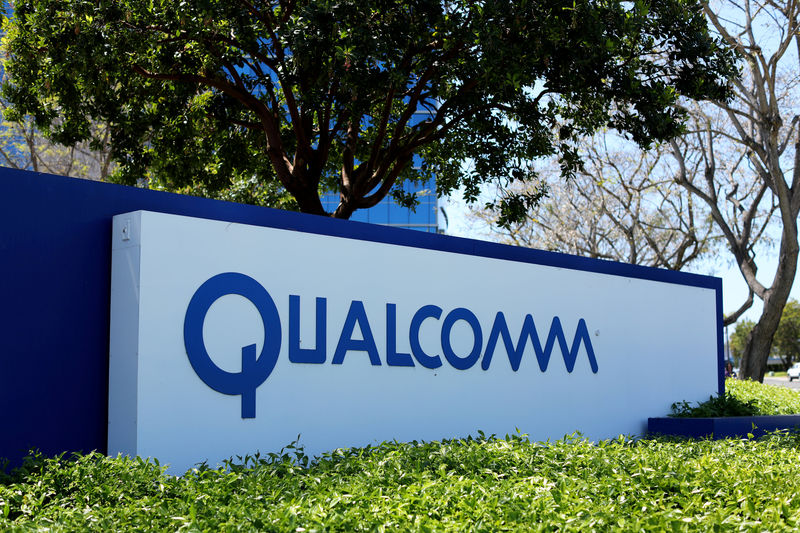Semiconductor stocks remain highly crowded, standing about a standard deviation above their long-term trend, although long crowding has slightly decreased from last month, UBS analysts said in a Monday note.
Crowding refers to a situation where many similar market participants hold similar positions in a security, either long or short. High crowding scores indicate a risk of investors reversing their positions, with positive scores showing long-crowding and negative scores indicating short-crowding.
Within the semiconductor space, analog and foundry sub-sectors have been an exception, having seen an increase in long crowding over the past month.
When it comes to individual stocks, NVIDIA (NASDAQ:NVDA), Qualcomm (NASDAQ:QCOM), and Lam Research (NASDAQ:LRCX) remain the most crowded stocks in UBS's coverage, while Microchip Technology (NASDAQ:MCHP) and ON Semiconductor (NASDAQ:ON) are the least crowded.
Globally, United Microelectronics (UMC) and Infineon appear even less crowded than MCHP and ON.
AMD (NASDAQ:AMD), previously the most controversial stock in their coverage, has become less crowded and now screens about Neutral, presenting “a good backdrop as we expect MI300 revenue to continue growing in 2H as supply chain work suggests module makers remain on track,” analysts noted.
Moreover, Broadcom (NASDAQ:AVGO) has seen a significant reduction in crowding and now also screens about Neutral.
UBS said it is also receiving more inquiries about the analog sector, but Texas Instruments (NASDAQ:TXN), which was upgraded a few months ago, still ranks among the least crowded stocks in their coverage.
The largest one-month changes among key semiconductor stocks were all negative, UBS noted, with AMD, AVGO, and KLAC each witnessing big declines.
“Investor positioning across the group also become a bit less long crowded over the past month with long crowding declining for ~2/3 of our coverage universe and most of the increases in long crowding being in analog stocks,” analysts added.
